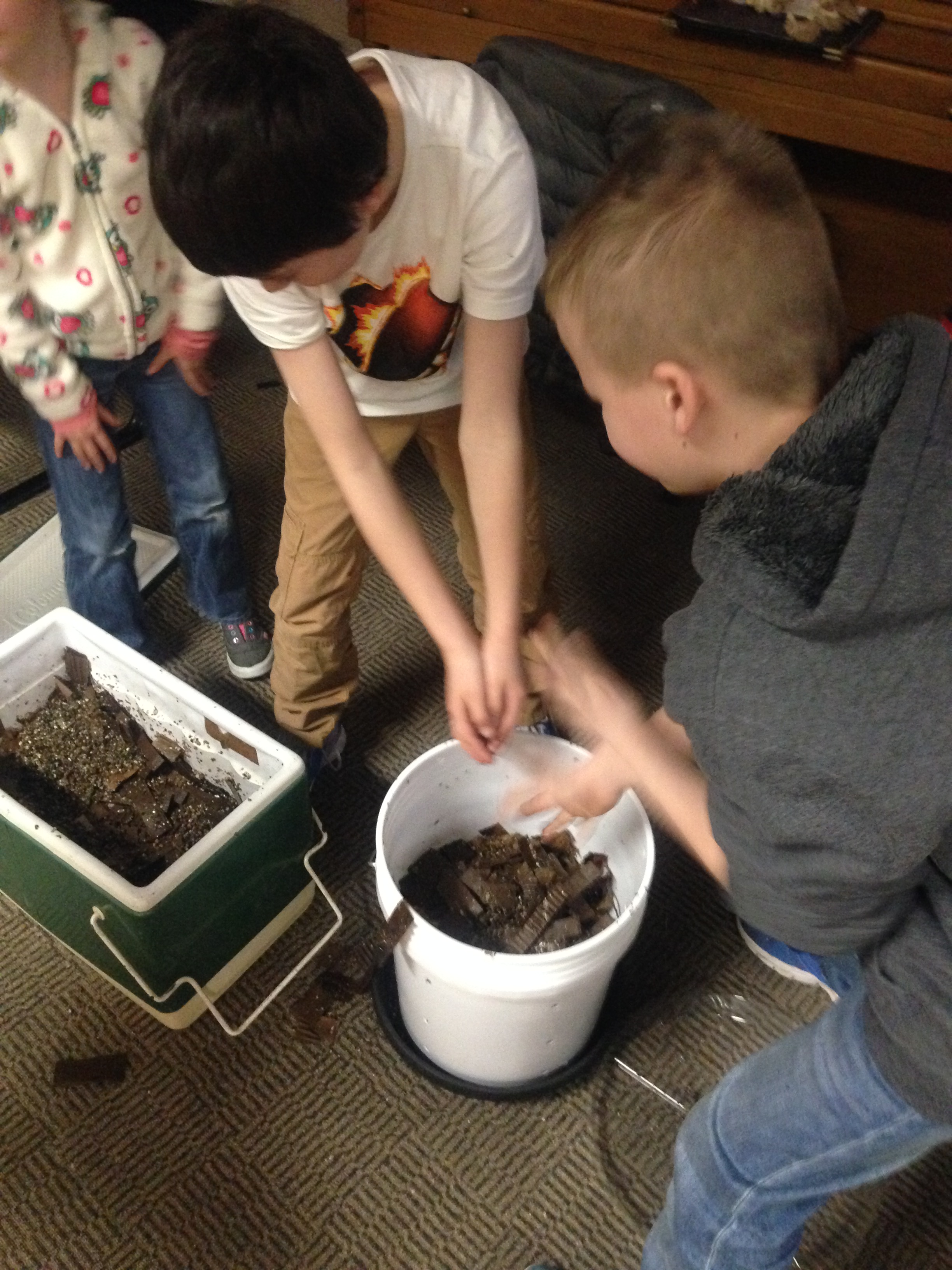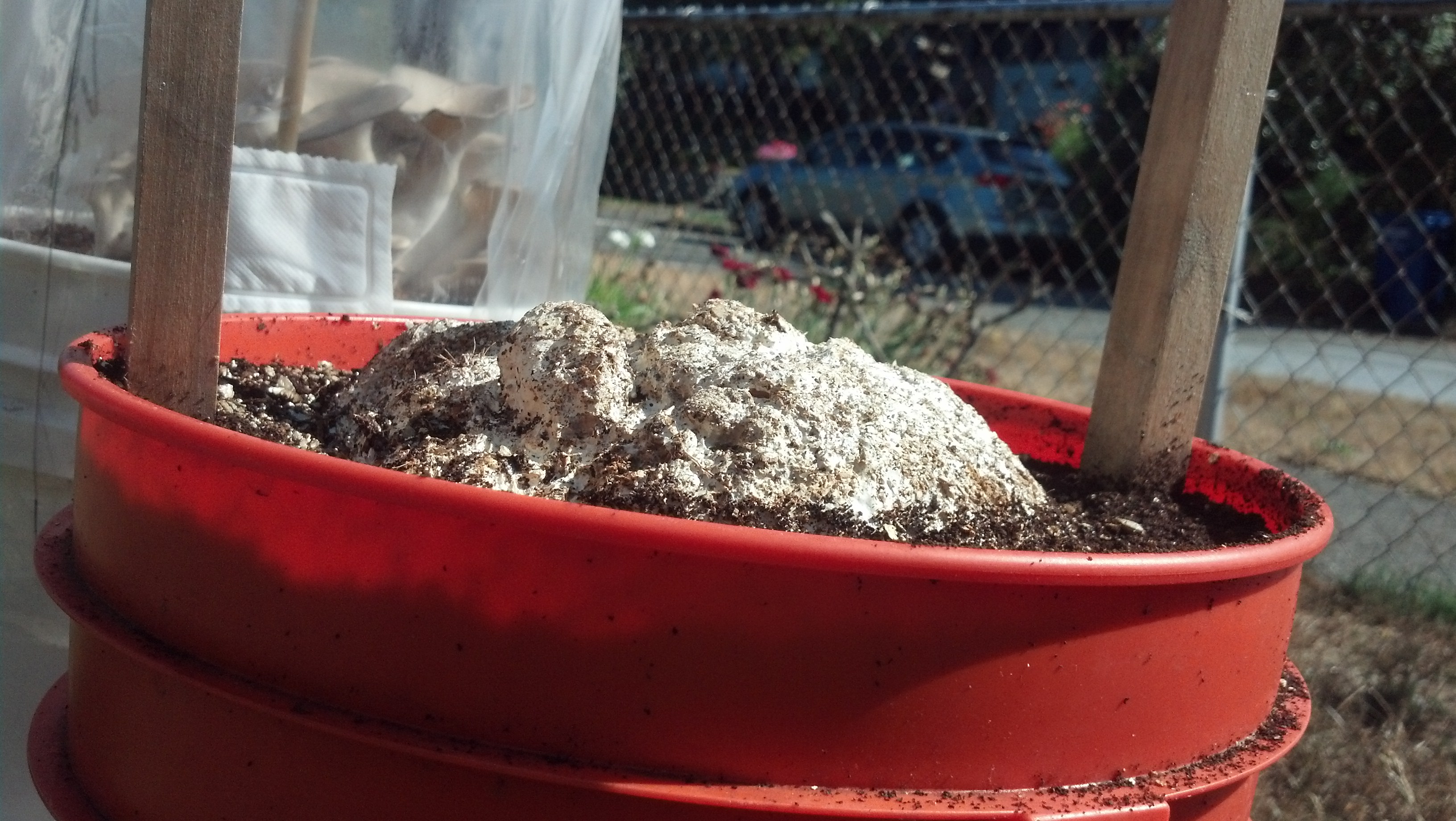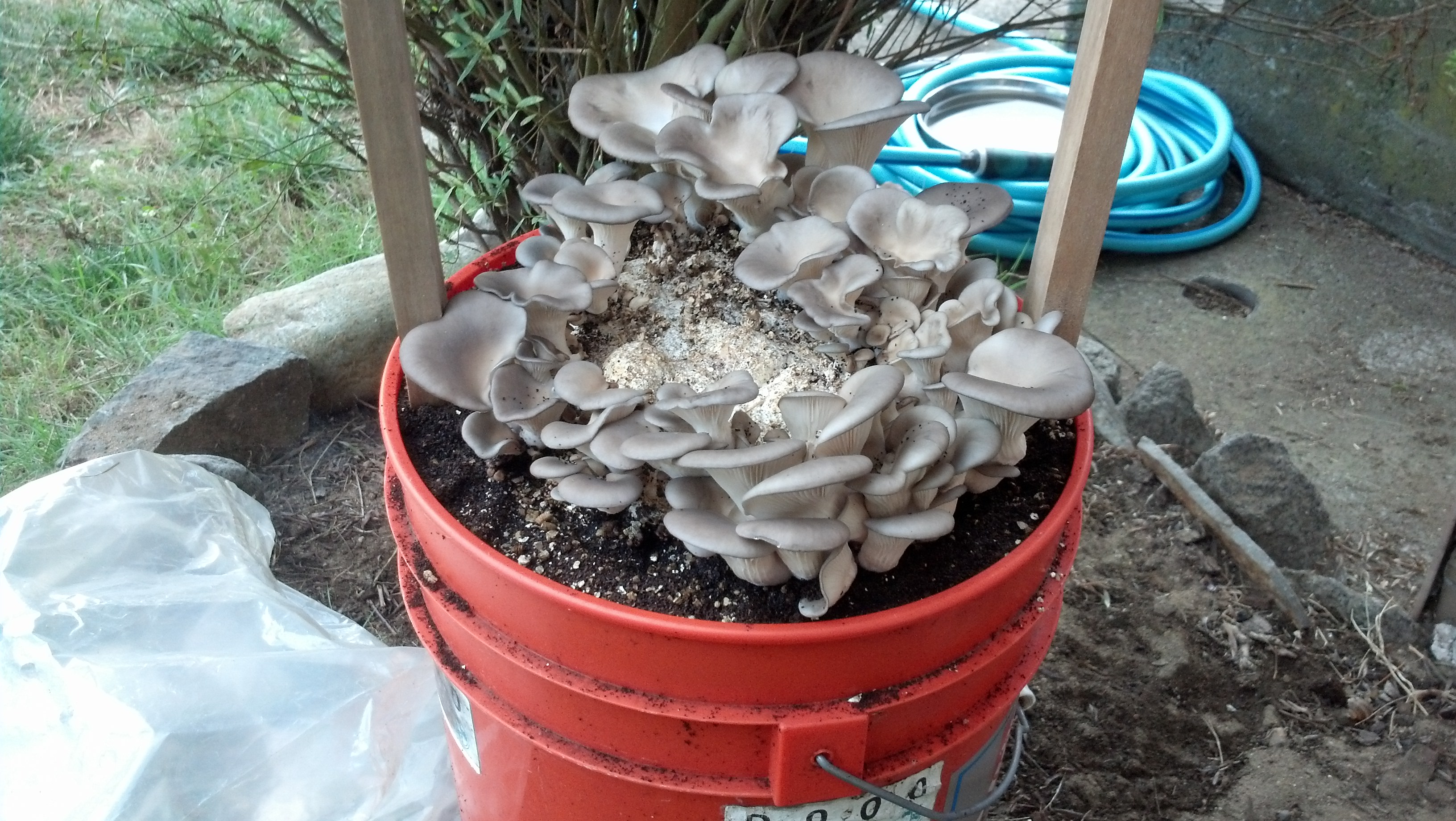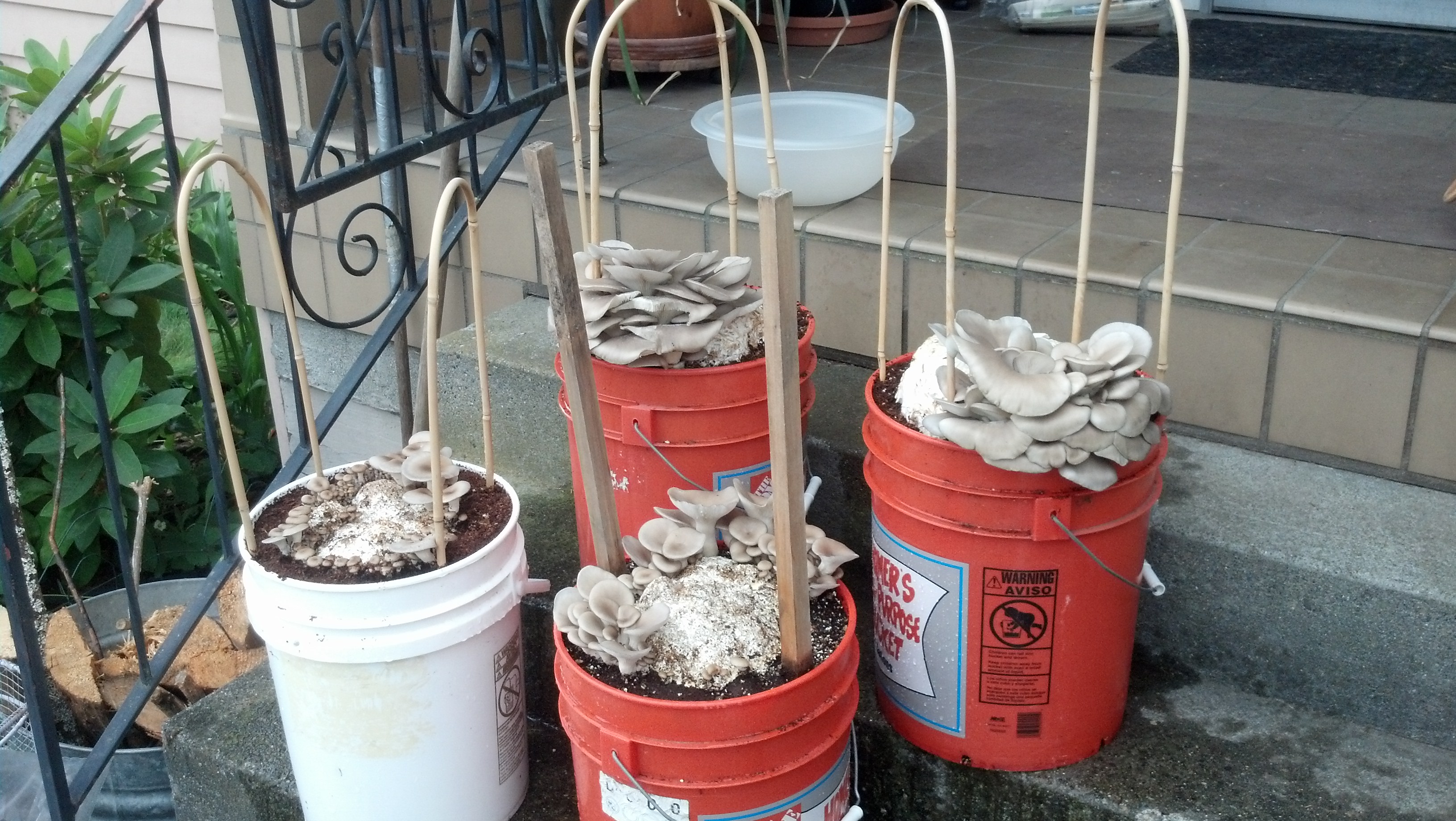
19 Feb Exploring Fungi with Eagle Montessori Academy
Ms. Maria, a 1st, 2nd and 3rd grade teacher at Eagle Montessori Academy, invited me to guest speak to her second and third graders to support their exploration of the Fungus Kingdom. We invited Ms. Aryn’s 2nd and 3rd graders to watch the presentation too.
I let the students smell yeast from bread dough and pieces of baked whole wheat bread to relate it to. I also brought in a sourdough culture and the corresponding bread that is baked from it for the students to compare and contrast. While wheat bread is made using yeast, sourdough is a culture of yeast AND a bacteria (Lactobacillus sp.).
With mold, we covered how a mold is essentially a multiple-celled version of a yeast. We also discussed food spoilage and some of the famous cases of molds in medicine (and our refrigerators!)
While we were diligent and covered the smaller players in the Fungus Kingdom, I was most excited to speak about mushrooms, which I have the most experience with! I used a cut mushroom and a cut flower to encourage the students to make correlations between what was familiar (plants and the plant life-cycle) and that which is less so (the mushroom life-cycle).
We covered some basic mushroom anatomy and nomenclature and then dove into some wild places to talk about mushroom habitats!
If you are lucky when walking deep in the forest of the Pacific Northwest you might stumble upon lanterns that illuminate the forest floor and smell delicious and slightly of earthen apricots. These are chanterelles (Cantharellus cibarius) and I have found them in Washington and Idaho, but also in Germany and Italy.
(Left to Right)
- Cauliflower mushroom (Sparassis radicata) prefers old growth tree hosts.
- Lobster “mushroom” (Hypomyces lactifluorum) is actually a parasitic fungus on a host mushroom, perhaps a (Russula sp) in this particular case!
- Coral mushroom (Ramaria stricta?) – there are many types of coral mushrooms- and many are edible!
- Morel mushroom (Morchella esculenta) are delicious – they often fruit en masse after a fire, but pop up in a variety of habitats every spring!
A Basket stinkhorn (Clathrus ruber) that I found in a garden in Florence, Italy. A word of advice – never put your nose that close to a fully developed stinkhorn fruiting body!
We discussed how you should always cook a wild mushroom first and how important it is to have an expert you can trust to answer questions, but it’s also fun to go out and find mushrooms and try to find them in books! (Just never, ever, eat a mushroom without being 100% sure of the identification).
Here, I addressed any questions that the group still had and we invited the second grade students to return to their classrooms. The second part of the presentation was hands-on mushroom cultivation and necessitated a smaller group, so Ms. Maria and Ms. Aryn’s 3rd graders and I went over the protocol of making a mushroom bucket for their classroom!
Ms. Maria and her students saved cardboard for a month or so to be used as the medium for an oyster (Pleurotus ostreatus) mushroom colony in the classroom! I think it is so neat to find alternative means of diverting our waste stream and food production (and great compost once the colony is spent), and it is an added bonus when you are starting with something as simple as cardboard boxes! I brought the cardboard home a couple days before the presentation to prepare it and turn it into bulk media for oyster mushroom spawn.
I took the cardboard home and cut it into pieces small enough to be used as a mushroom substrate, then added a few supplements and nutrients and pasteurized the mix to 140-160°F for 1-2 hours in coolers. I let it return to room temperature overnight and then pasteurized again. I purchased the oyster spawn from Fungi Perfecti, in the form of sawdust spawn, which we used to inoculate the cooler pasteurized bulk substrate!
We layered the bulk media and the sawdust spawn into the buckets, added a vermiculite filter topper and watered the buckets in with a spray bottle. This is a slightly different recipe than I have used in the past, but if all goes well these buckets should be fruiting in a month or two!
A nice flush of oyster fruiting bodies from some of my previous bucket techniques.
































